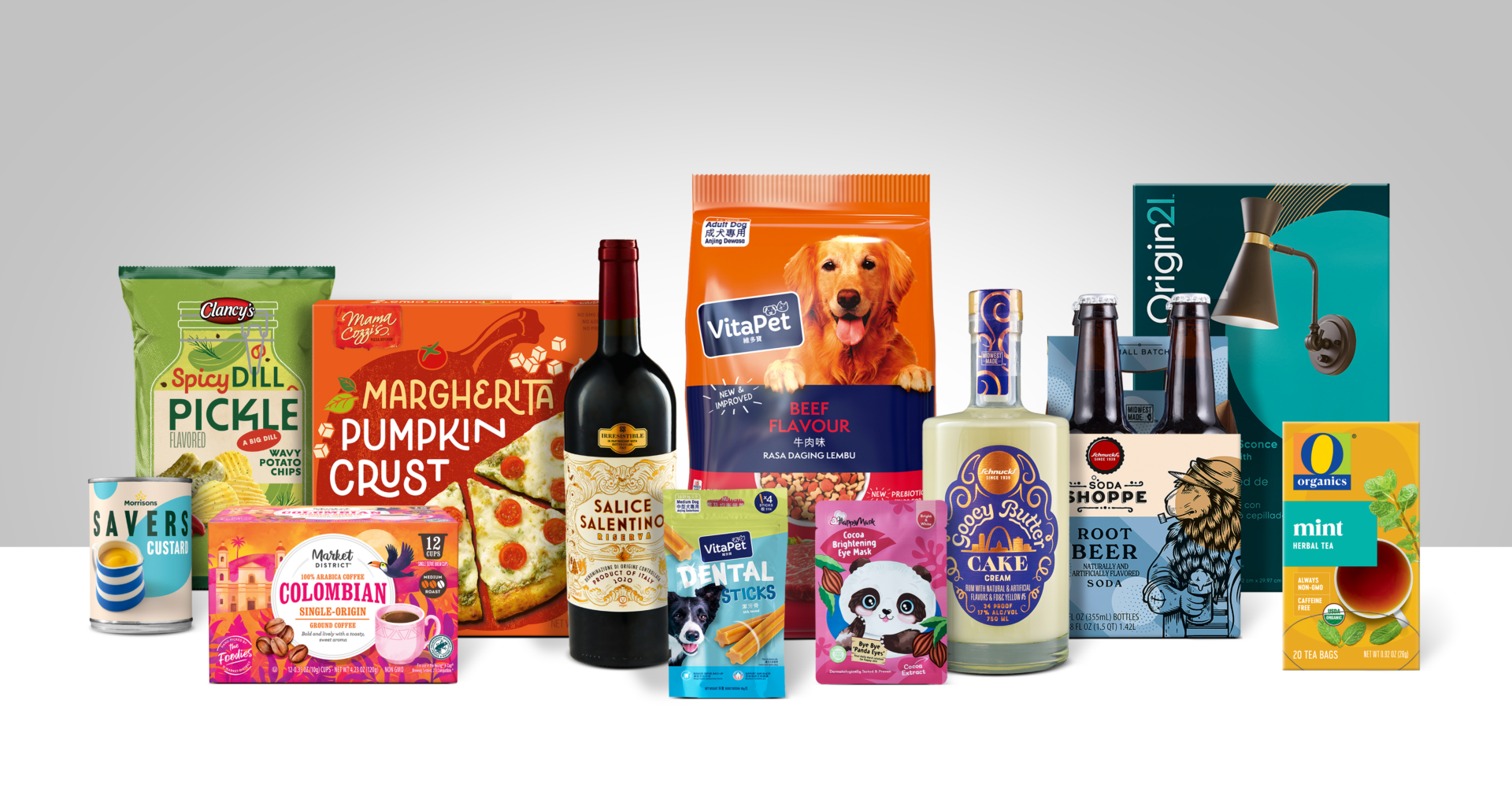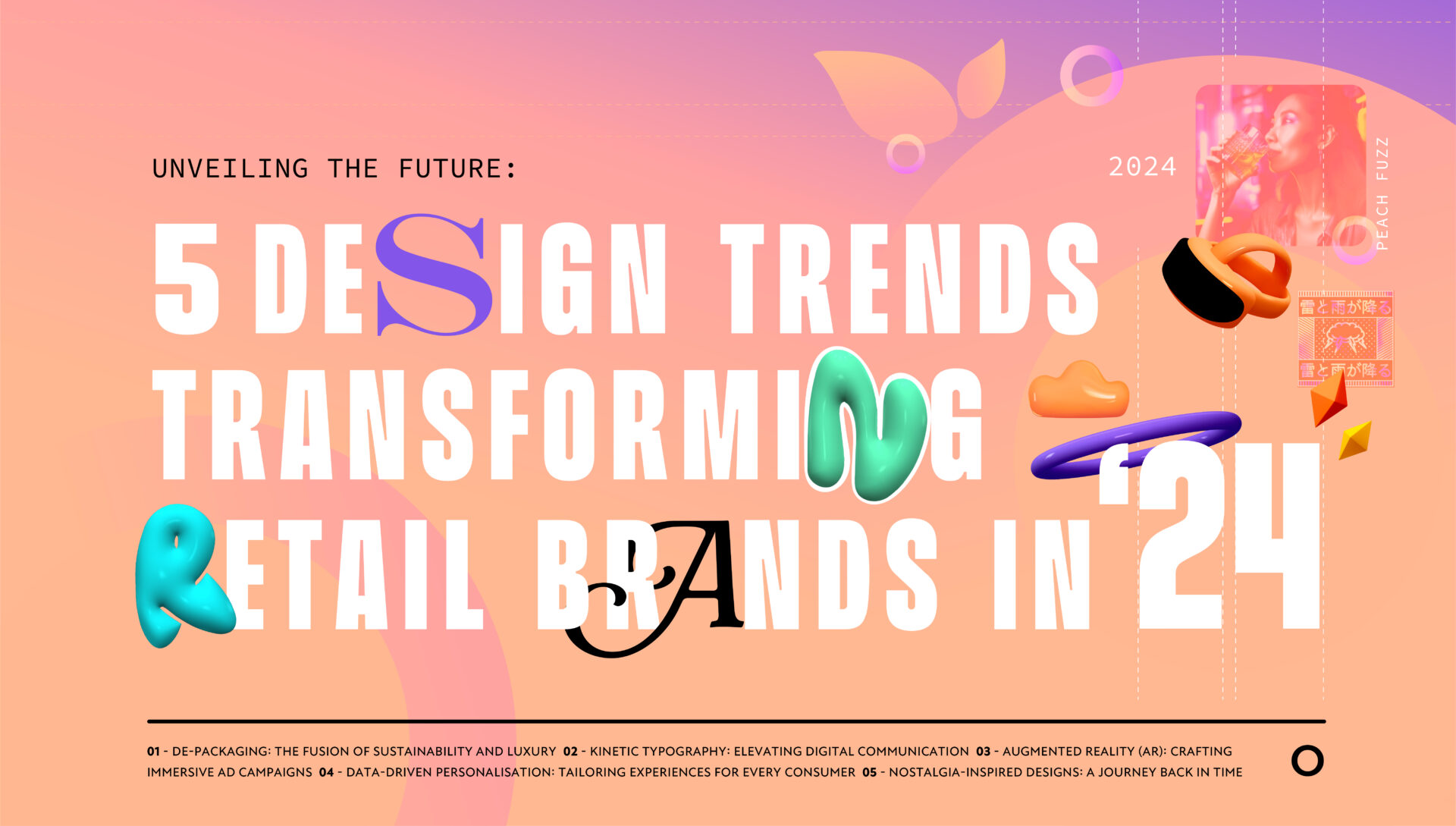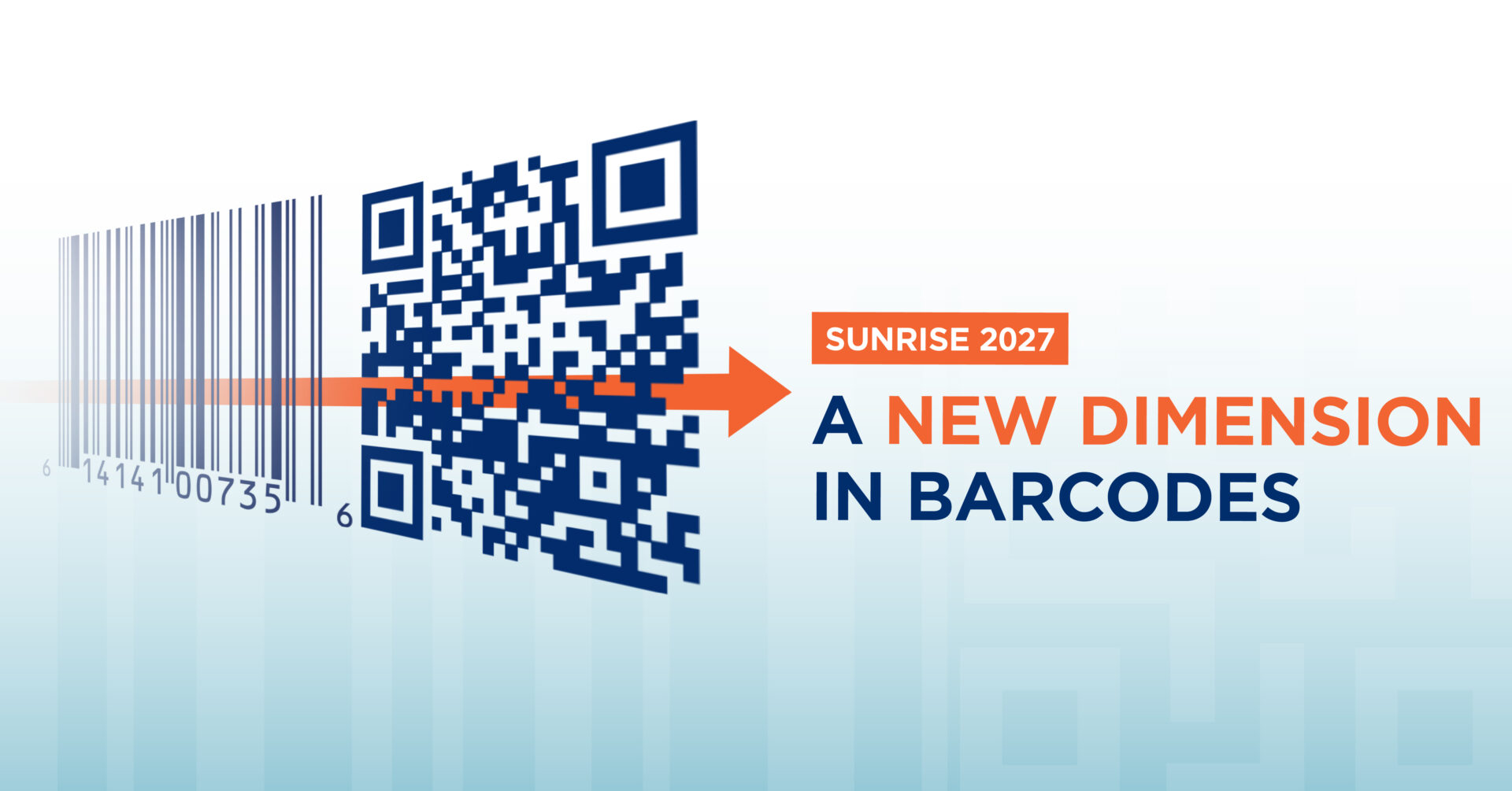EQUATOR ON BRAND MANIFESTOS: WHY, HOW AND WHEN TO REFRESH YOURS…
Ed Holden, VP of Business Development, walks us through Equator’s approach
If you’ve let your brand manifesto gather cobwebs or relegated it to the bottom of the to-do list, this under-appreciated tool is well worth another look. When put to use effectively, a brand’s manifesto is invaluable. Sure, at Equator we design killer packaging that drives consumer engagement and sales, but every journey needs a roadmap, and as brand messaging and packaging pros our first port of call is always the brand’s manifesto.
The now famous observation made by American visionary Simon Sinek tells us that manifestos of successful brands and organizations express why they do what they do, not simply what they do. The impact of a powerful manifesto can be seen both internally, in the ripple effect on the company culture, while at the same time laying the groundwork for the consumer perception from the outside. Here, I’ll explain the key principles of assessing a brand manifesto, and our advice on creating one which positions the brand for success.
Has a deep dive on the market been done?
It’s simple: if you want to make a stronger connection with your consumers, so you’ve got to understand who they are. Brands wanting to do more than shout into the void should prepare to invest ample time and energy into completing all appropriate research into the demographic and personas within the given market. Looking at research as tedium or an afterthought is setting up the brand for failure, likely to waste significant resources as they make adjustments further down the road, after they’ve learnt their lessons the hard way.
Is there a clear tone of voice?
Whether you seek to be perceived as insightful, authoritative, inclusive, risk-taking or otherwise, your tone of voice will go a long way in forming the basis for the character and values of your brand. Your manifesto, once it has been widely shared among your staff and partners, provides your sales team with a shared identity and informs the branding process as packaging designers and marketers frame and express your brand’s messaging. At Equator we work extensively with clients to refine their tone of voice from the manifesto through the brand’s cross-media messaging (which includes its packaging) – to pare back or refocus where necessary, or to update the messaging to meet shifting consumer expectations.
What’s the call to action?
Remember the ill-fated Peloton campaign of late 2019? While premised on a “noble” domestic scenario: a thoughtful husband who cares enough for his wife’s health to present her a technologically advanced, long-term exercise solution, the ad’s over-the-top acting and simpering tone left it ambiguous as to who the campaign was in fact intended for and what those individuals were meant to do… was it for consumers nervous about joining the platform to take the plunge? Was it for hapless husbands? Was it for busy moms lacking “me time” to carve out more hours for themselves? One seriously unfocused ad later, and Peloton’s campaign has found longevity, albeit as a cautionary tale.
Brand manifestos should be developed with an eye to the consumer’s behaviour following interaction with the brand – being persuasive is important, but the better way to do this is by being clear about the benefits the consumer stands to gain.
How will a new manifesto and packaging refresh complement each other?
Packaging will be the principal expression of the brand’s updated manifesto. Consumers are savvy enough to know that when a brand overhauls its packaging, it’s usually because there has been a shift in the company itself – the corporate structure, the culture, the values, the demographic it wants to reach, and so on. The majority of consumers won’t be popping onto the brand’s website to see what the changes are, and will glean most of the information from what they see on the packfront.
Is the message relevant, and if so for how long?
Any branding and packaging team that’s worth its salt will be responsive to shifts in consumer values and behaviour. The best will be able to harness their knowledge, building it into the brand’s manifesto and messaging moving forward.
For many brands, a post-truth, post-me too, post-Brexit world has rendered their messaging irrelevant. Cultural shifts can happen fast – and there are enormous questions about which brands will survive in a post-C19 landscape. Which leads us to the question of how often to assess and refresh your brand’s manifesto. The answer is whenever you have a major shift within in the company or offering itself, or whether external shifts mean your messaging will no longer be effective. Expect to assess at least every two to three years, if not more often.
Future-proofing
It’s also worth noting that in light of the challenges brought by Covid-19, many industries will be highly scrutinised to ensure they’re standing by their brand promises and ways of working. Never before has this been more relevant, as our agile model becomes more relied upon by our retail partners. Owing to customer demand, our already lean 12 week turnaround has needed to be reduced further as product deliveries are expedited. We’re working hard to ensure our clients can deliver a quicker service to shelf, with new suppliers, keeping them fully updated throughout the entire process. It’s situations like this that really test a brand and its manifesto, ensuring it is futureproofed beyond the here and now. And it’s crucial that we’re on hand to offer unlimited support as we help our partners navigate through this unpredictable period.















